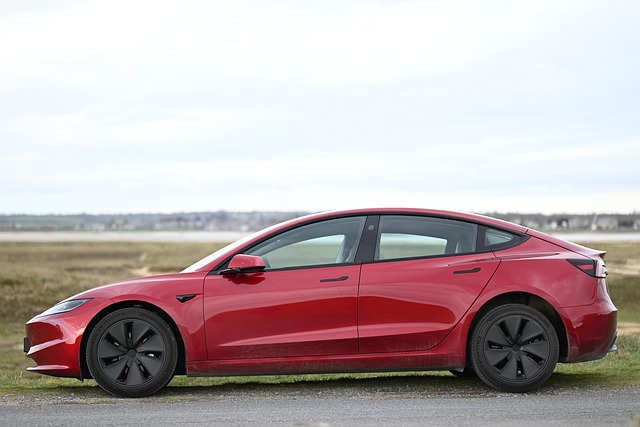Decoding the Future of Mobility: Sustainable Transportation Planning for a Carbon Neutral World
As we stand on the brink of a new era in mobility, the conversation around sustainable transportation planning is more vital than ever. With the impacts of climate change becoming increasingly evident, we find ourselves questioning how we can develop transportation systems that not only meet our current needs but also foster a thriving, resilient environment for future generations.
The Pillars of Sustainable Development
Sustainable development is rooted in the principle of meeting the needs of the present without compromising the ability of future generations to meet their own. When applied to transportation, it requires a holistic approach that considers social equity, economic viability, and environmental stewardship. Imagine cities where public transport is efficient, cycling paths are abundant, and pedestrian-friendly spaces dominate. This vision is attainable through thoughtful sustainable transportation planning that prioritizes accessibility and inclusivity.
Minimizing Our Ecological Footprint
Our individual and collective ecological footprint is a critical measurement in understanding how our choices impact the earth. Effective transportation planning plays a key role in reducing this footprint. By encouraging the use of public transit, carpooling, biking, and walking, we can significantly decrease greenhouse gas emissions and lessen our dependence on fossil fuels. Cities across the globe are beginning to embrace this shift, deploying initiatives that promote shared mobility and electric vehicle infrastructure, which are integral to achieving carbon neutrality.
Embracing Green Technologies
As we navigate the complexities of sustainable transportation, the integration of green technologies becomes paramount. Innovations in electric vehicles, energy-efficient public transport, and smart traffic management systems are revolutionizing how we think about mobility. These technologies not only reduce emissions but also enhance the overall efficiency of transportation networks. Cities can leverage data and analytics to optimize traffic flow, reducing congestion and promoting a healthier urban environment.
A Pathway to a Carbon Neutral Future
Ultimately, the goal of sustainable transportation planning is to pave the way for a carbon neutral future. This ambition transcends political and corporate interests; it calls for community engagement and citizen involvement in the planning process. By fostering a culture of sustainability, we can encourage individuals to adopt greener transportation habits, thereby creating a collective commitment to a lower carbon footprint. Each choice, whether it’s opting for public transit instead of driving or supporting local initiatives for bike lanes, contributes to a significant positive impact on our environment.
As we decode the future of mobility, let’s envision a world where sustainable transportation is not just an ideal but a reality—one where our cities breathe, our air is clean, and our communities thrive harmoniously with nature.




